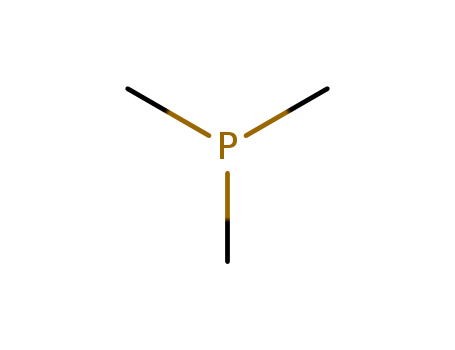10.1021/ic802286u
The study focuses on the synthesis, structural characterization, and reactivity of palladium(II) aminodiphosphine PNP pincer complexes, specifically the dialkylamides [PdR(PNP)] (where R is Cl, Me, Ph; PNP is (NCH2CH2PiPr2)2). These complexes were prepared and characterized to understand their role in C-N coupling reactions, which are significant in cross-coupling reactions like the Hartwig-Buchwald process. The chemicals used include palladium(II) salts, KOBu, AgPF6, TlPF6, MeOTf, PMe3, CNtBu, and various solvents like benzene, THF, and pentane. These reagents and solvents serve various purposes such as deprotonation, chloride abstraction, oxidation, and methylation reactions, as well as solvents for reactions and purification steps. The study aims to provide insights into the molecular structures, basicity (pKa values), and reactivity patterns of these complexes, which are crucial for understanding catalytic mechanisms in C-N bond formation. The results indicate that the palladium PNP dialkylamido complexes are stable, feature pyramidal nitrogen atoms, and exhibit reactivity towards electrophiles and oxidizing agents, with the reactivity being influenced by the nature of the ligands and the palladium-nitrogen bonding.
10.1021/om00150a032
The research focused on the synthesis and characterization of hydride and borohydride derivatives of (pentamethylcyclopentadienyl)(tertiary phosphine)ruthenium complexes. The purpose of this study was to explore the chemistry of middle- and late-transition-metal polyhydride complexes, which are of interest due to their potential as catalysts for H/D exchange reactions and C-H bond activation. The researchers successfully synthesized a series of trihydride complexes, (q5-C5Me5)RuH3(PR3), and tetrahydroborate complexes, (q5-C5Me5)Ru(PR3)(BH4), using various phosphine ligands (PR3) such as PMe3, PEt3, P(i-Pr)3, PCy3, PPh2Me, and PPh3. The synthesis involved the reaction of NaBH4 with (q5-C5Me5)RuCl2(PR3) in ethanol, and the resulting trihydrides were characterized by IR and 'H NMR spectroscopy. The study also included a single-crystal X-ray diffraction study of (q5-C5Me5)RuH3(PPh3), revealing its pseudo C3 symmetry. Additionally, the research investigated the photoinduced H/D exchange reaction under UV irradiation, which led to the exchange among the hydrides, coordinated phosphine, and solvent. The conclusions of the study provided insights into the structure and reactivity of these ruthenium complexes, contributing to the understanding of their potential applications in catalysis.



 F,
F, Xi
Xi


